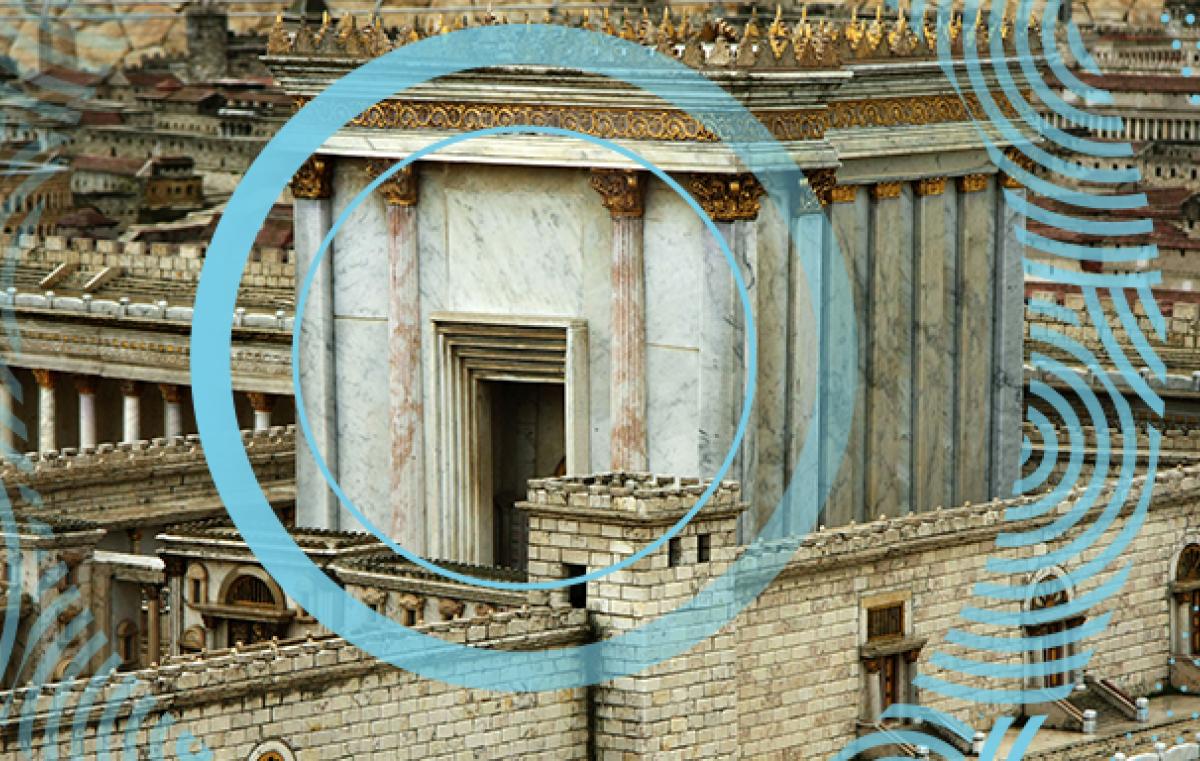Tisha B'Av, the Fast of the Ninth of Av
Tisha B’Av is a Jewish day of mourning for the destruction of the Temple. Prof. Shawn Zelig Aster, of the Martin (Szusz) Department of Land of Israel Studies and Archaeology, talks of the Temple and how it ranks among Israel’s national priorities

The Temple and its rebuilding is an issue that concerns many Israelis for more than one day a year or even for the annual three-week mourning period leading up to the fast of Tisha B’Av, the Ninth of Av.
One of the questions preoccupying the Israeli public (as well as others) and causing much tension and controversy is whether to visit the Temple Mount in Jerusalem’s Old City or leave it for now, so as not to create waves.
This is not a new question; it has a history dating back 2,600 years. Back in the period of “Shivat Tzion” (the “Return to Zion”), when the Babylonian exiles returned to Jerusalem after the destruction of the First Temple, the question arose: where did the Temple fit into the returnees’ list of priorities? Today, just like back then, there is no consensus on this matter.
In the period of the Return to Zion, the dilemma began after the declaration of Cyrus, founder of the Persian empire. The declaration had two important components: One was a kind of “building permit” that specifies how to build the Temple; the second was a “visa” of sorts, permitting Jews to return to the Land of Israel. To which of these should priority be given?
The Temple is a lofty but expensive undertaking, especially considering the economic distress that prevailed in the country. History shows that when “there is no flour, there is no Torah,” that is, without economic stability and existential security, there is no possibility of rebuilding the Temple as before. The leadership of Ezra, a man of Torah, and Nehemiah, a man of action, created the material, spiritual and social basis for the construction of the Second Temple, only after Jerusalem and the Jewish settlement in Judea were strengthened.